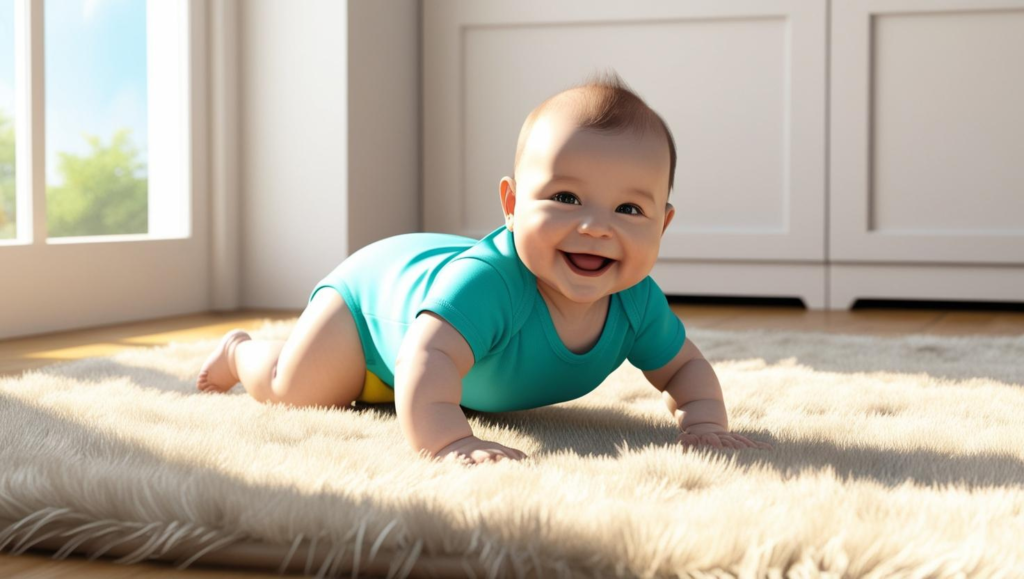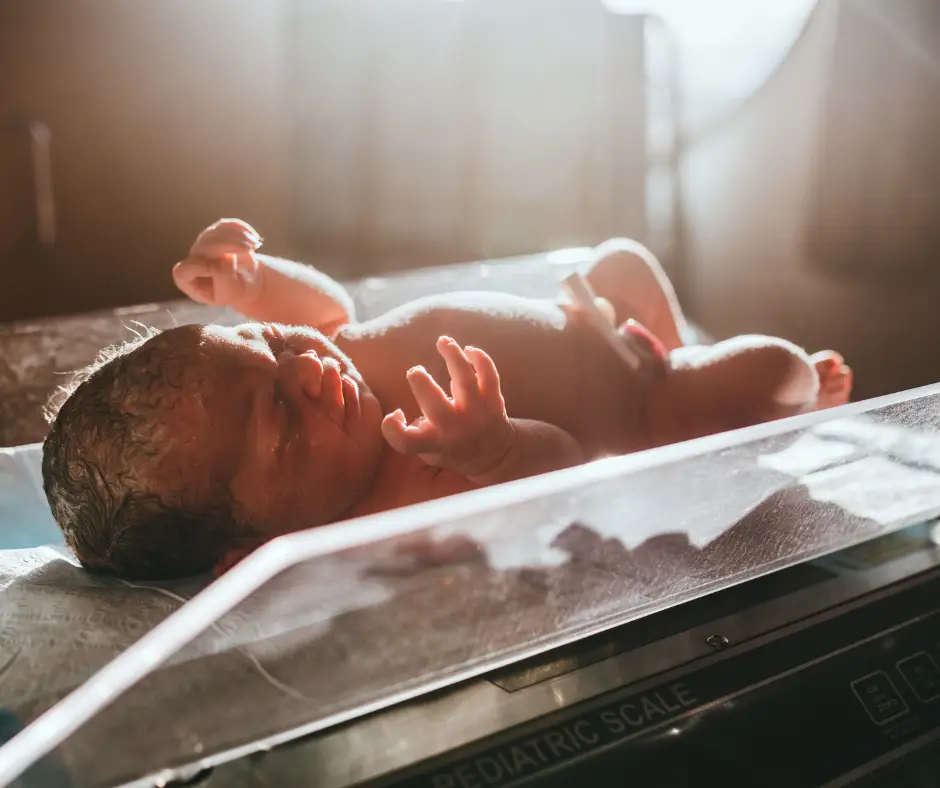Your baby is on the move! Between 6 and 12 months, babies become super curious and start crawling, scooting, and maybe even taking first steps. This means it’s time to make your home safe for your little adventurer.

Why Baby-Proofing Matters
Babies this age love to explore. They want to touch everything, pull things, and put stuff in their mouths. This is how they learn about the world, but it can also be dangerous.
The Centers for Disease Control and Prevention (CDC) reports that home accidents are one of the leading causes of injury for babies. But with good baby-proofing, you can keep your little one safe!
Room-by-Room Safety Guide
Living Room and Family Areas
Furniture Safety:
- Secure tall furniture like bookshelves to the wall so they can’t tip over
- Use corner guards on sharp coffee table edges
- Move breakable items up high
- Cover electrical outlets with safety plugs
Danger Zones:
- Keep cords from blinds or curtains out of reach
- Move plants higher up (some can be poisonous if chewed)
- Put a safety gate at the top and bottom of stairs
Kitchen Safety
Danger Areas:
- Use stove knob covers
- Keep sharp objects in high cabinets
- Use cabinet locks on low cabinets
- Keep cleaning supplies locked away
- Move trash cans where baby can’t reach them
- Keep hot drinks and appliances away from edge of counters
Bathroom Safety
Must-Do Protections:
- Always keep toilet lid closed
- Use toilet lock
- Keep medicine in a locked cabinet
- Store hair dryers and other electric items away from water
- Never leave baby alone near water, even for a second
Bedroom and Nursery
Crib Safety:
- Remove bumper pads, stuffed animals, and loose blankets
- Lower crib mattress as baby gets taller
- Make sure crib bars are close together
Other Safety Tips:
- Secure dressers to wall
- Keep small objects like jewelry out of reach
- Use window guards if windows are low
Top 5 Baby-Proofing Mistakes to Avoid
- Thinking one safety item works everywhere
- What works in one room might not work in another
- Waiting too long to baby-proof
- Start before your baby is moving around
- Forgetting about small objects
- Anything smaller than a toilet paper roll can be a choking risk
- Not checking height as baby grows
- What was safe last month might not be safe now
- Thinking you can watch baby 100% of the time
- Accidents happen in seconds
Easy Baby-Proofing Checklist
- Secure furniture to walls
- Cover electrical outlets
- Use safety gates
- Lock cabinets
- Remove small choking hazards
- Pad sharp corners
- Keep dangerous items out of reach
When to Baby-Proof

Start baby-proofing before your baby:
- Rolls over easily
- Sits up without support
- Starts to crawl
- Pulls up to stand
Dr. Rachel Moon from the American Academy of Pediatrics says, “Baby-proofing is an ongoing process. What works at 6 months might need updating at 9 months.”
Pro Tips from Experts
- Get down on your baby’s level to see potential dangers
- Ask family and friends to help check your home
- Replace baby-proofing items as they get worn out
- Stay calm – you can’t prevent every single thing
Remember
No baby-proofing is 100% perfect. Always watch your baby and create a safe environment. Every baby develops differently, so pay attention to your little one’s specific skills and curiosity.
When in doubt, ask your pediatrician for personalized advice about keeping your baby safe!
Sources:
- Centers for Disease Control and Prevention (CDC)
- American Academy of Pediatrics
- National Safety Council
- Child Safety Experts Research Group


